Living Soil: Organic or BS? [Reupload]
Podcast: Play in new window | Embed
Subscribe: Google Podcasts | Spotify | iHeartRadio | Stitcher | Email | TuneIn | RSS
Podcast: Play in new window | Embed
Subscribe: Google Podcasts | Spotify | iHeartRadio | Stitcher | Email | TuneIn | RSS
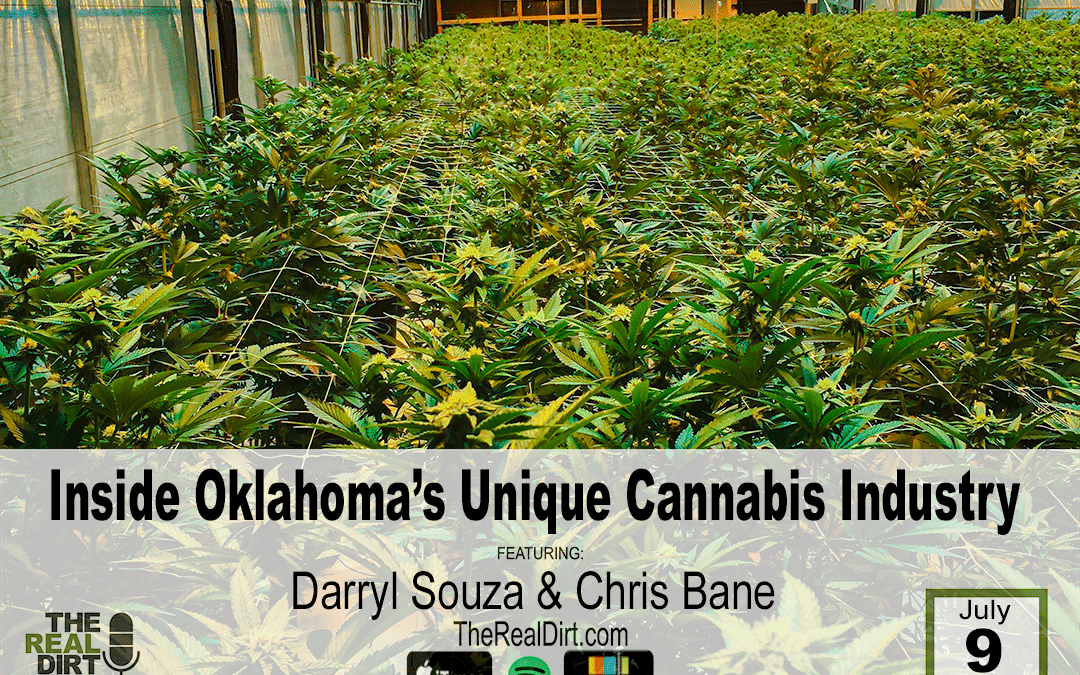
Podcast: Play in new window | Embed
Subscribe: Google Podcasts | Spotify | iHeartRadio | Stitcher | Email | TuneIn | RSS
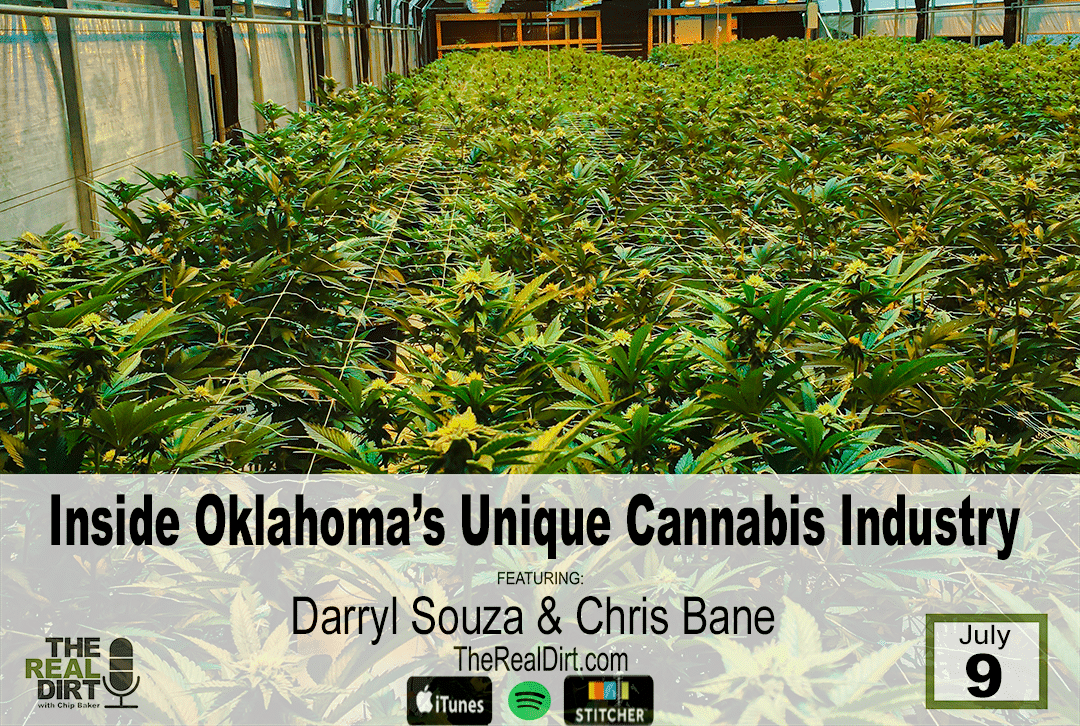
Right now is a great time to be growing cannabis in Oklahoma. For starters, it’s legal as long as you have a medical card. Second, Oklahoma has some of the most accessible cannabis laws in the country, making it super easy for anybody to start growing cannabis for themselves.
But for some, growing cannabis and using cannabis is still a taboo they are trying to overcome. This is in part because of Oklahoma’s inexperience with cannabis culture.
“What is that?”, is probably what a lot of people in Oklahoma would say right now if you asked them about Oklahoma’s cannabis culture. That’s because up until 2018, it was pretty much non-existent.
Cannabis is very new to the state of Oklahoma, a traditionally red, conservative state that sits in southern-middle America. Compared to Colorado, California, Nevada and other larger states that have legalized cannabis, Oklahoma is pretty small.
Oklahoma City has a population of less than 650,000, with the next biggest city, Tulsa, having just over 400,000. Even with big city hubs, Oklahoma is still pretty rural. In other words, there was little interest in cannabis culture in Oklahoma until recently.
But with the state’s new laws, many are seeing the opportunity as more than just a new medicinal avenue, but a business avenue. It’s no secret that cannabis brings a lot of business, jobs, and money to wherever it becomes legal, medical or otherwise. So it should come as no surprise that people in an agricultural state like Oklahoma would jump on the opportunity to start growing cannabis.
It may seem simple enough as a traditional farmer or vegetable grower when growing cannabis for the first time; just plant the seeds or clones, give them water and sunlight and you’ll get results. But cannabis is not quite that simple like other vegetables or field crops.
Especially if you’re growing cannabis to distribute to dispensaries and processors, you want to grow the finest cannabis possible, not the easiest or simplest. The first thing you need to decide has already been mentioned, and that’s deciding whether or not you’re growing cannabis from seeds or clones.
The smartest and easiest things to do for new growers just growing for personal use is to buy clones. These are precut pieces of cannabis mother plants that have tested, proven quality genetics that will produce a plant just like the mother. Clones save you the trouble of having to grow out seeds for a couple months just to weed out the males (pun intended) and realize they were half of your stock.
For commercial growers however, building a cannabis business means standing out from the competition. You can either grow consistent, quality cannabis from clones of other growers’ gardens, or you can develop your own strains. Obviously breeding cannabis is no amateur task, and takes patience, trial and error.
But growing from seed gives growers the ability to pollinate and cross-breed their favorite strains to create new ones, an ability not afforded by clones since they are all female. A general tip to remember is that clones are more sensitive at first, and more prone to disease compared to seeds which are heartier, but overall clones are much easier to manage for a new grower.
In this episode of The Real Dirt Podcast, Chip talks to Darryl Souza and Chris Bane of Cultivate Denver and Cultivate OKC. Darryl and Chris combined have been in hundreds of grows and they have seen how cannabis is grown, right and wrong, indoor and outdoor, so they know a thing or two about growing cannabis of high quality, consistently.
Tune in as the three talk best practices for growing cannabis in Oklahoma, which lights, soils and nutrients are best and more on another knowledge-packed episode of The Real Dirt Podcast.
Podcast: Play in new window | Embed
Subscribe: Google Podcasts | Spotify | iHeartRadio | Stitcher | Email | TuneIn | RSS
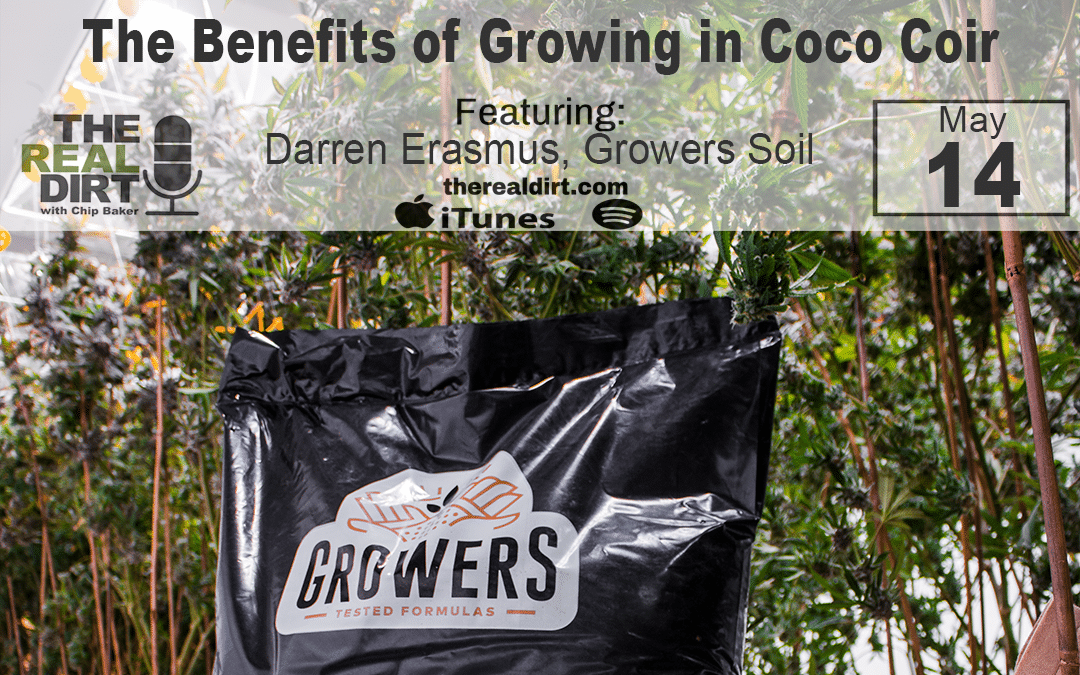
Podcast: Play in new window | Embed
Subscribe: Google Podcasts | Spotify | iHeartRadio | Stitcher | Email | TuneIn | RSS
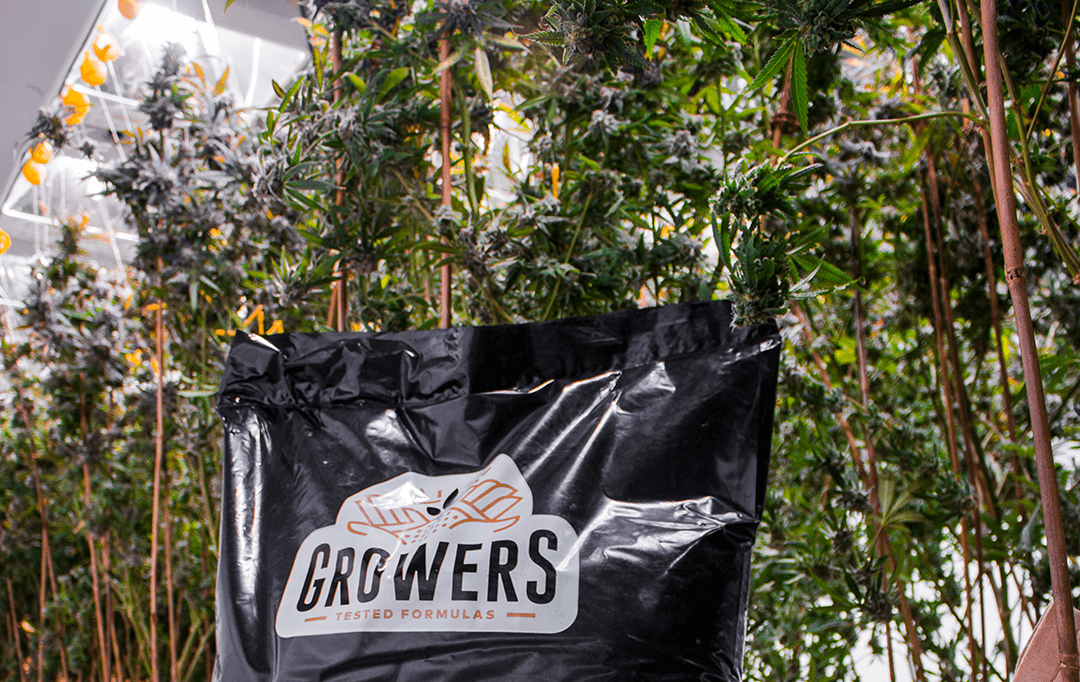
Coco coir is a highly absorbent medium, and one of few mediums that is renewable. It’s also part of Growers’ High Porosity blend.
What makes coco coir so special is how it’s obtained, it’s neutral pH and the many benefits it can provide for your soil (or soilless) blend.
Coco coir is actually a byproduct of the coconut fiber industry. Between the outer husk and the actual coconut is a layer of fibrous threads. While the outer husk and coconut may be used for textiles and other coconut products, the coco coir is usually set aside.
This leftover byproduct is then compacted into bricks or sold loosely for use in agriculture. Compared to its more controversial counterpart peat, coco coir is completely renewable, and is viewed as the more sustainable medium.
Most coco coir is derived from Asia, particularly India and Southeast Asia. Growers single sources our coco in dehydrated bricks to prevent any contamination or mold. We’ve had the same relationship with our source for over 20 years.
One of the main benefits of coco is its unique water holding properties. Coco has a high water holding capacity, but it is also more aerated than other mediums like peat.
Due to this, you can feed your plants more often, and get bigger plants using coco-based mediums. It’s also a pH neutral medium, which lets growers manage their plants much easier, without having to account for a base-pH that needs to be adjusted.
Coco is one of the few renewable resources used in the cannabis industry. Peat, and other soils are mined after sitting for millions of years, absorbing the nutrients of decaying life contained within. Once it is mined, it isn’t coming back for millions of more years. Coco on the other hand is a byproduct of the coconut industry, which makes it much more environmentally friendly and even reusable if managed well.
There aren’t too many negatives to growing in coco, but a common issue with coco is how it is sourced. A large majority of coco coir is sourced from Asia, and chemicals are sometimes used in the packing and storage process. Another issue with this sourcing is that people will get already hydrated coco delivered, instead of dehydrated coco. With higher moisture content when hydrated, you run a bigger risk of encountering problems when your coco arrives.
Luckily, Growers has had the same coco coir source for over 15 years. We get the most premium, dehydrated coco available on the market, which then goes into their High Porosity and 100% Coco Blends.
Coco is a unique medium. It’s light, but holds water, but not too long. In a way, it’s the perfect medium. On its own or in a soil blend, coco is a versatile medium that you should give a try if you haven’t already.
Podcast: Play in new window | Embed
Subscribe: Google Podcasts | Spotify | iHeartRadio | Stitcher | Email | TuneIn | RSS
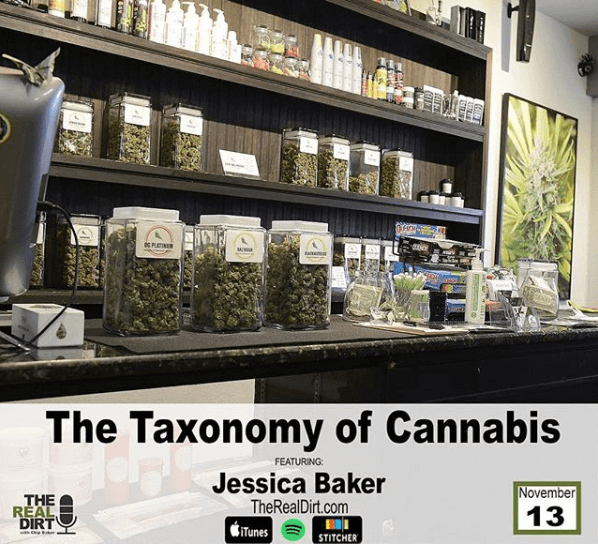
Podcast: Play in new window | Embed
Subscribe: Google Podcasts | Spotify | iHeartRadio | Stitcher | Email | TuneIn | RSS
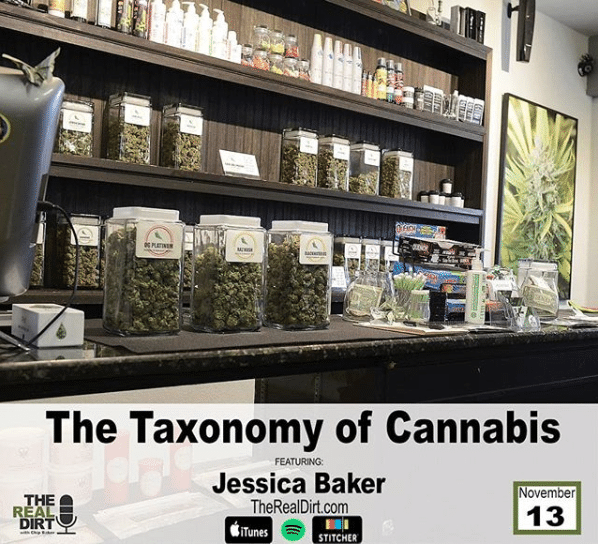
What we know as indica and sativa is not the full truth. It’s been diluted a lot through pop culture and a lack of scientific information regarding the origins of cannabis and how it has been bred through the generations.
There are two main origins for cannabis. What we have come to know as sativa is originally from Europe. Specifically, sativa comes from European hemp. This makes sense when you consider the stretching qualities of “sativa” plants, similar to hemp.
Indica on the other hand originated in Asia. The Middle East, Southeast Asia and other surrounding areas hosted this “drug cultivar” of cannabis that grew shorter and developed heavier cannabinoid content through enduring more harsh weather conditions.
While indica naturally developed into its drug cultivar through its environmental conditions, sativa had to be bred over time to develop its drug cultivar.
The reality is that most of the cannabis that people will consume in the western hemisphere will be indica. Technically, the only truly classified sativa is European hemp. But through evolution of the plant and breeding it has become very diluted.
While indica naturally produces drug-like effects, sativa contributed its strong cannabinoid contents to combine for what’s become known as the entourage effect in modern cannabis. The interaction of potentially over one hundred different cannabinoids combine to products the typical effects felt when consuming cannabis.
The bigger reality is that it goes much deeper. As Jessica Baker puts it, “there’s actually seven distinct biotypes, of three species, that came from six subspecies that are now extinct, or thought to be extinct.” If that sounds a little too complex, just let Jessica explain it!
Tune into to this week’s episode of The Real Dirt where Chip sits down with Jessica Baker to talk about the new taxonomy of cannabis and how everything we have come to know about cannabis in the dispensary is just scraping the surface.

Podcast: Play in new window | Embed
Subscribe: Google Podcasts | Spotify | iHeartRadio | Stitcher | Email | TuneIn | RSS

Caleb was at a turning point in his life. He had seen some success as a graphic artist, working for the likes of D.C. and Marvel comics. But he was also growing his own cannabis on the side and started to build his feminized seeds repertoire. He was passionate about both, but realized he had to choose one to pursue full time.
It didn’t take him long after that to establish CSI Humboldt. A third generation Humboldt grower, Caleb’s family was well-known for their cultivation abilities and the quality of their cannabis. Add to that Caleb being one of the first growers to breed and pursue feminized seeds.
Today, CSI is one of the most well known seed banks in the world, with a massive following and growing seed inventory. Hear Caleb’s story, the story of CSI and more on this episode of The Real Dirt with Chip Baker!
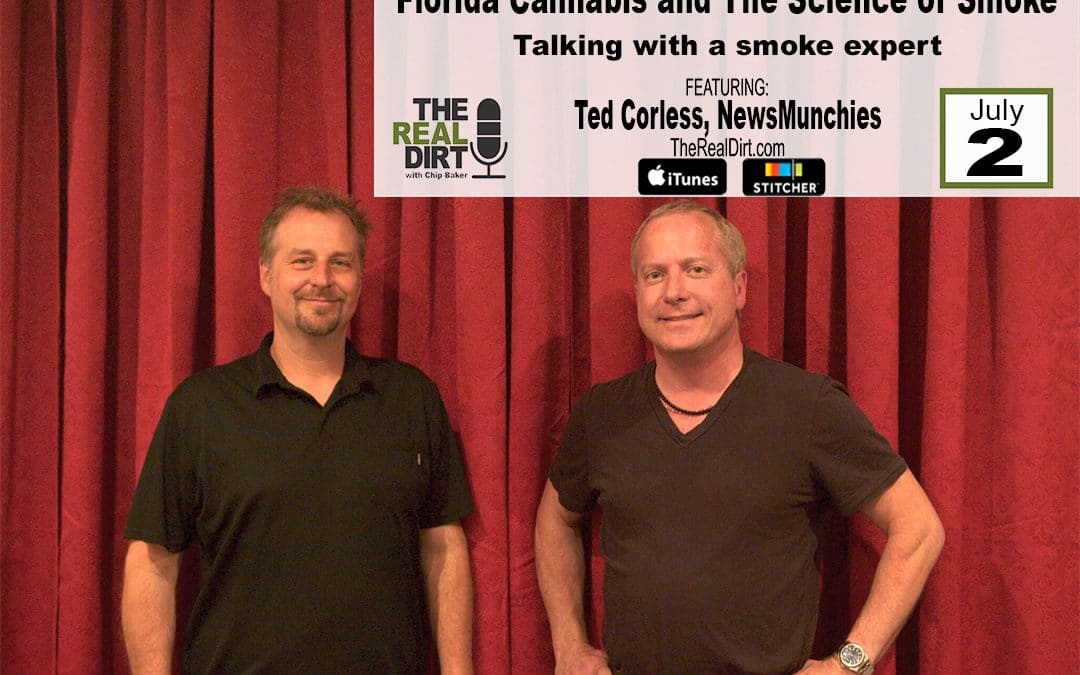
Podcast: Play in new window | Embed
Subscribe: Google Podcasts | Spotify | iHeartRadio | Stitcher | Email | TuneIn | RSS

Recognized as one of the leading insurance litigation lawyers in Florida, attorney Ted A. Corless spent nearly a decade fighting for some of the largest companies in America. He trained at Shook Hardy, an international law firm infamous for its vigorous representation of Big Tobacco. Shook Hardy triggered his passion for scientific and medical-related litigation.
Corless routinely shares his scientific experience gained from representing the largest tobacco companies in the U.S. He regularly authors articles, gives television interviews and presents lectures on a range of legal topics, including insurance coverage, complex expert testimony and insurance bad faith.
Corless has a broad range of litigation experience including first-chair jury trial experience in matters relating to commercial litigation, environmental law, construction law, bodily injury, advertising injury, products liability and insurance coverage litigation. Ted Corless founded the Corless Barfield Trial Group and is Founder and Editor of newsmunchies.com.
Being an expert in tobacco and cannabis, Ted has studied the science of smoke, and the difference between tobacco and cigarette smoke. Is second-hand smoke real? What about second-hand high? Find out in this episode of The Real Dirt!
The science of smoke, the changing cannabis laws in Florida and the always evolving stigma of cannabis and drug policy. Ted is one of the most interesting Real Dirt guests to date, so tune in on iTunes or right here on The Real Dirt!